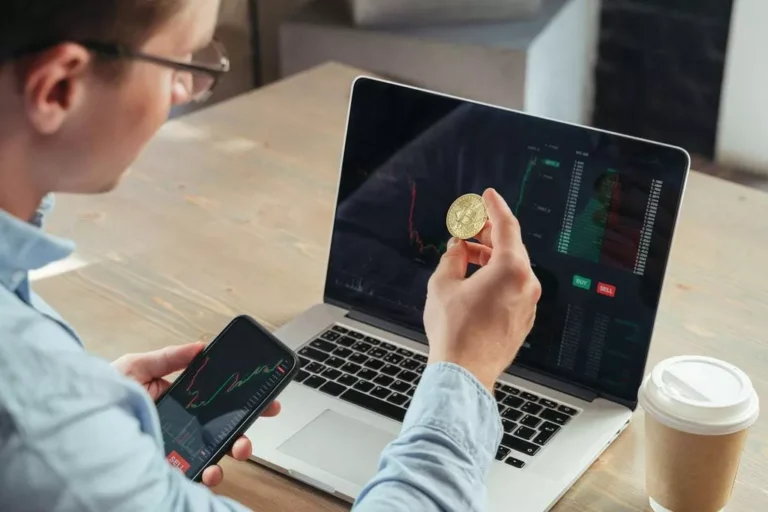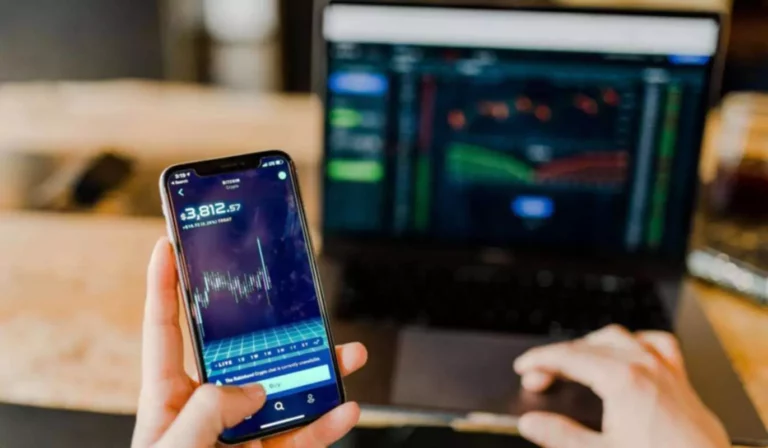The two hottest consensus algorithms are proof of labor and proof of stake; proof of burn is a extra recent various. Most of the time, it’s the builders of a cryptocurrency who resolve to burn a sure amount. Coin burning reduces the provision, making tokens of that cryptocurrency scarcer. They obtain one for each Solana token, generally recognized as SOL, staked, or locked up, via Marinade’s platform.

PoB is taken into account by many to be more environmentally friendly than other consensus mechanisms, such as proof-of-stake, as a result of it consumes less power. Burning crypto refers to a deflationary course of that completely removes cryptocurrency tokens from circulation. This is completed to lower the whole provide of a digital asset as an attempt to boost demand and improve market value.
These burns can take the type of either one-time processes or recurring occasions which might be programmed from the outset. You can ship out transactions to the community that may burn your individual cryptocurrency cash. Other participants can mine/burn on high of your block, and you can also take the transactions of different members to add them to your block. Essentially, all of this burning activity retains the network agile, and participants are rewarded for his or her activities (both burning their own cash and burning different people’s coins). Burning refers to the removing of cryptocurrency tokens from circulation, thus lowering a token’s whole circulating provide. A stock buyback is when the corporate that issued the inventory buys shares again on the market value and reabsorbs them, reducing the variety of total shares available in the market.
Stablecoins, Artificial Property, And Wrapped Tokens
With cash large and small, there’s information about how the builders burned hundreds of thousands, billions, or even trillions of tokens. In this text, you’ll study exactly what cryptocurrency burning is and why developers do it. In a similar way, algorithmic stablecoins mechanically mint new tokens and burn them regularly to take care of their dollar-pegged value. “Burning” crypto means completely removing a number of tokens from circulation. Crypto burning is usually carried out by transferring the tokens in query to a burn tackle, i.e. a pockets from which they cannot ever be retrieved. Proof-of-burn (PoB) is likely certainly one of the several consensus mechanisms blockchains use to make certain that all participating nodes agree to the true and legitimate state of the blockchain community.

Cryptocurrency coin burning is a deflationary and usually bullish practice that decreases the circulating supply of a coin or token. To burn the coins, miners ship them to a verifiably un-spendable tackle. This course of doesn’t consume many resources (other than the burned coins) and ensures that the network stays energetic and agile. Depending upon the implementation, miners are allowed to burn the native forex or the foreign money of an alternate chain, corresponding to Bitcoin. In trade, they obtain a reward within the native foreign money token of the blockchain. This algorithm is applied to avoid the risk of any cryptocurrency coin double-spending.
You Are Unable To Access Coindcxcom
Second, typically, a token burn is seen as a constructive signal of a developer’s dedication to the project. This might present one other enhance to the positive sentiment surrounding the project, additional lowering volatility. Here, we’ll discover the rationale and technical mechanics behind token burning, take a look at the benefits and drawbacks of the activity, and mirror on some noteworthy token burns of the past. The major function of PoB is to forestall fraud by automating transaction verification. In a PoB system, miners should burn a few of their cash to facilitate the creation of new blocks, which may appear counterproductive at first. However, these miners are compensated with new cash for successfully verifying transactions in a new block.
- The most well-known type of consensus-generating algorithms is identified as proof of work (POW).
- A new cryptocurrency can launch with 1 trillion tokens worth a fraction of a cent and appeal to investors due to the low worth.
- Removing an asset from circulation to regulate availability and value is not a model new concept.
- UST differed from different stablecoins as a result of its peg was maintained by algorithms, somewhat than massive reserves of cash or debt.
- Existing users might see the value of their token holdings rise as a token burn causes costs to increase, nudging them to proceed holding for the lengthy run.
The burn methods vary from Proof-of-Burn consensus algorithms to smart contracts. However, the widespread goal is to create scarcity and align financial incentives. Examples, such because crypto burn the activation of the London exhausting fork on the Ethereum community and the burning of WBT and SHIB, reveal the actual impact of these practices.
Understanding Crypto Token Burns: A Complete Information
When a project removes superfluous tokens from circulation, it reduces the danger of malicious actors having too much management over the market, Machikhin mentioned. The level of coin burning is to control the cryptocurrency’s complete supply in circulation. By lowering the availability, it creates scarcity, a fundamental economic principle that can often result in a rise within the perceived value of the remaining coins. This change has the potential to impression the coin or token’s market value, thereby making it extra appealing to investors and merchants.
It decreases provide, theoretically increasing demand—which is definitely investor and person beliefs and sentiments about how the markets will react to a decrease in provide. A token burn is commonly used strategically to bring benefits to the project itself, and to holders of its native token. Meanwhile, what’s known as the proof-of-burn (POB) consensus mechanism is used to permit customers to participate in a network by burning a sure amount of coins. In quick, cryptocurrency burning refers back to the strategy of completely eradicating a specific variety of tokens from the provision in circulation. The act of burning tokens is everlasting, which means the belongings are destroyed endlessly.
Burning crypto is a common apply, exercised by cryptocurrency platforms, that permanently removes tokens from circulation. By lowering the total provide of a coin, the hope is that the worth of a specified digital asset will enhance with market demand. In conditions where a token’s worth has fallen and the project homeowners need to reverse the transfer, a token burn can be utilized to assist the asset value get well. As defined above, it is a simple case of burning coins to cut back supply which ought to (in theory) trigger costs to rise.
It serves to hold up steadiness, defend in opposition to spam, and help token worth whereas offering both benefits and potential downsides for crypto tasks and investors. To stop the potential of unfair advantages for early adopters, the POB system has carried out a mechanism that promotes the periodic burning of cryptocurrency coins to take care of mining energy. The energy of burnt cash “decays” or reduces partially every time a new block is mined. This promotes regular activity by the miners, as an alternative of a one-time, early investment. To preserve a aggressive edge, miners can also have to periodically invest in higher tools as technology advances.

Maker (MKR) is another good instance of a crypto asset with a burn mechanism. In this method, those who create loans using the Maker credit score facility must pay a fee (the “stability fee”) which is then used to buy MKR and burned[i]. The chart below plots the whole amount of MKR burned over time since the launch of the credit facility in December 2017. Note that these figures do not embody liquidation penalties which are presently used to burn Pooled ETH (PETH) and never MKR.
Ethereum makes use of a fee-burning mechanism after implementing the proposal EIP-1559, also referred to as the London upgrade. PoB combines elements from Proof of Work (PoW) and Proof of Stake (PoS), and is thought to be an experimental algorithm to attain energy effectivity. Some examples of cryptocurrencies utilizing PoB are Namecoin and Slimcoin. AI coins are designed to streamline AI-related transactions and interactions, all whereas upholding transpare… The consensus layer is the backbone of any blockchain network, performing the important function of facilitating ag…
Another technique for burning crypto, used by some networks like XRP Ledger, involves putting a payment on each crypto transaction and burning the collected fees. Cryptocurrency burning is the process during which tokens (also known as coins) are faraway from circulation, reducing the number of cash obtainable. The tokens are sent to a wallet tackle that cannot be used for transactions aside from receiving the coins. The tokens can now not be used as a result of the non-public keys to the cash are stored in an inaccessible wallet. Burning crypto typically includes sending coins to an inaccessible or ‘useless’ pockets, the place the non-public keys are unknown or unattainable.
For this to occur, however, a large amount of tokens will must be burned. However, if the circulating supply is approaching its most total, developers may be hesitant to complete a token burn. Moreover, publicity usually plays a role within the price impression of token burning.




